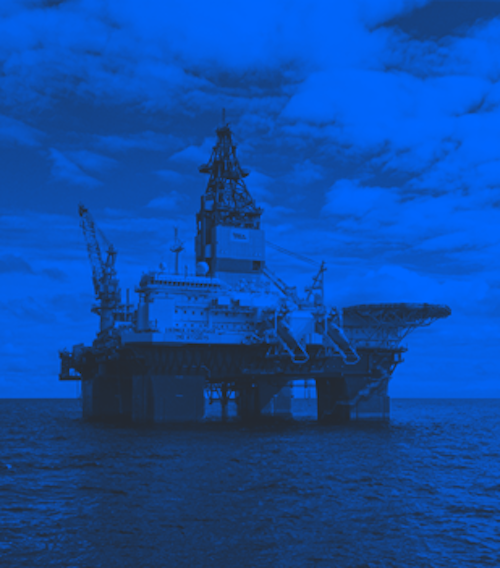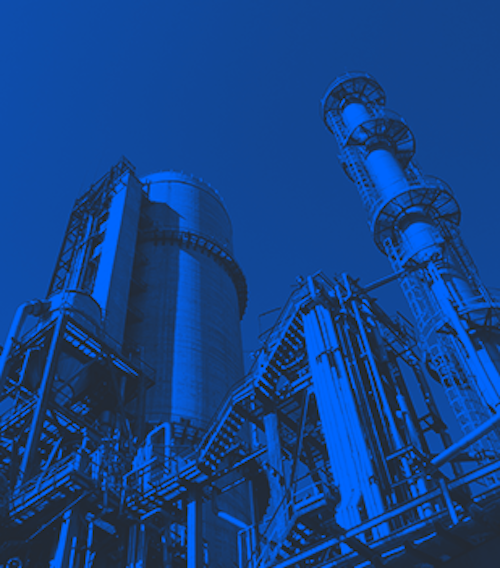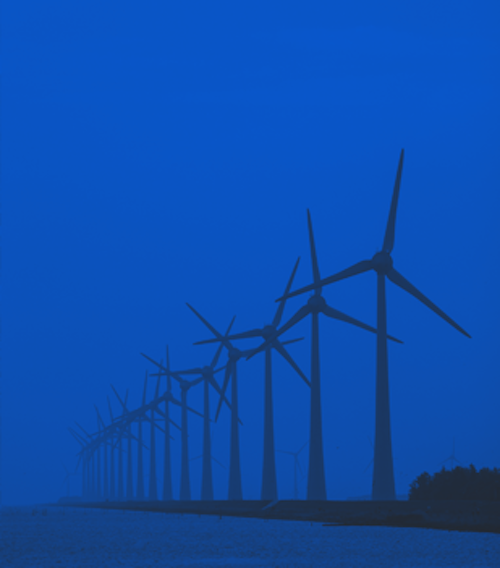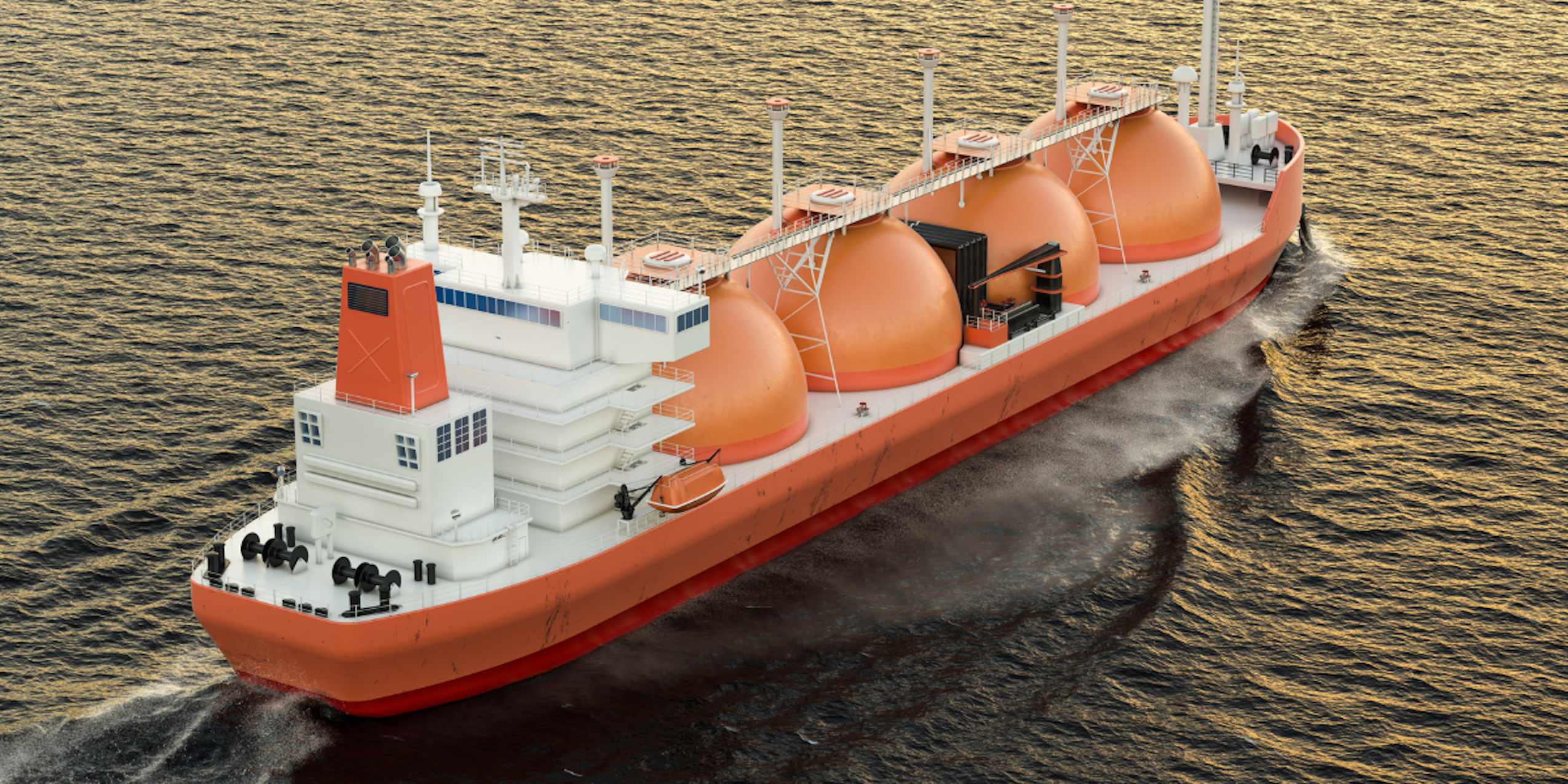Essential Safety Strategies for FLNG Facilities
In the ever-evolving landscape of energy production, Floating Liquefied Natural Gas (FLNG) facilities have emerged as a ground-breaking solution, unlocking previously untapped natural gas reserves far out at sea.
In the ever-evolving landscape of energy production, Floating Liquefied Natural Gas (FLNG) facilities have emerged as a ground-breaking solution, unlocking previously untapped natural gas reserves far out at sea. These floating marvels represent a remarkable feat of engineering, allowing us to extract, process, and store liquefied natural gas in the ocean.
While these floating gas processing plants offer tremendous benefits in terms of flexibility, access to remote reserves, and environmental impact reduction, it's imperative to recognise the inherent risks associated with these operations.
In this blog we look at the risks associated with FLNG facility work and how companies can put safety strategies in place to mitigate the risks.
What are the Risks Associated with FLNG Facility Work?
The main risk to personnel is caused by FLNG leakage. When gases escape into the atmosphere, they can pose significant safety hazards to personnel and the environment.
Natural gas is primarily composed of methane, which is highly flammable and can form explosive mixtures when it mixes with air in certain concentrations. If a leakage occurs on a Floating Liquefied Natural Gas (FLNG) facility and gases escape into the atmosphere, there are several incidents that could take place:
- Fire and explosion hazard: Methane is highly combustible, and if it reaches the right concentration in the air, it can ignite and cause a fire or explosion. Such incidents can lead to serious injuries, loss of life, and extensive damage to the facility and surrounding infrastructure.
- Asphyxiation risk: If methane displaces oxygen in the air, it can create an oxygen-deficient environment, leading to a risk of asphyxiation for personnel working in the vicinity of the leakage. Lack of oxygen can cause loss of consciousness, respiratory distress, and potentially fatal outcomes.
- Health effects: Methane itself is not toxic, but its release can be accompanied by the release of other harmful gases, such as hydrogen sulphide (H2S) and volatile organic compounds (VOCs). Exposure to these substances can lead to health issues, including respiratory problems, irritation, headaches, and more severe health effects with prolonged exposure.
- Environmental impact: Escaping methane contributes to greenhouse gas emissions, as methane is a potent greenhouse gas with a much higher heat-trapping potential than carbon dioxide over shorter timeframes. These emissions contribute to global warming and climate change, impacting the environment on a larger scale.
- Operational disruption: Gas leaks can disrupt the operation of the FLNG facility itself, potentially leading to shutdowns, process interruptions, and loss of production. This not only affects the safety of personnel on the platform but also has economic implications for the operator.
- Emergency response challenges: Detecting and managing gas leaks on FLNG facilities can be challenging due to the complexity of the infrastructure and the remote location. Effective emergency response plans and equipment are necessary to mitigate the consequences of a leak and protect personnel.

Mitigating the risks of FLNG processes
With proper handling, LNG can be stored, distributed and dispensed in a safe and efficient way throughout the supply chain. Organisations must employ strict safety measures such as risk assessments, training and PPE.
Here are 4 strategies that companies can implement to help keep FLNG facilities safe:
Flange Management Tags
A highly visible status checklist for each step of the flange break process is provided by Flange Tags. These have perforated sections that can be removed as part of the multi-part Tag, making sure that all steps are completed during flange management processes. This is essential for achieving 100% leak-free start-ups.
There are numbered sections on the flange checklist tag. This indicates that each step has been completed and can be used as an effective way of tracking the process for operatives.

Drop Prevention Equipment
According to the HSE statistics, falls account for more than 30% of all fatal injuries at work. That’s why organisations need to carefully select the high-risk zones where equipment may fall onto operatives. Once identifying the zones, companies can install drop mat equipment to prevent serious injuries.
Drop prevention mats such as the XDROP Mat prevent dropped objects from falling through grated flooring and open handrails in workspaces. It catches small tools, bolts and other items that could drop through the grid. It is fire retardant and made of a premium mesh material, which reduces the risk of wind or water accumulation, as it lets wind and liquids pass through.
The XDROP mat can be folded for use in confined workspaces and secured up handrails where needed, thanks to the placement of the marine grade fastenings.
A compact carry bag that can be stored and transported on site is included in the XDROP Kit. The user can have free hands to use both handrails when climbing stairs and on deck, because the carry bag has padded shoulder straps. The bag’s construction also has an integrated kneeling pad to assist the user when working on the hard grating areas.

Tough Safety Signs
Where the health and safety of employees and others could be seriously endangered, signs that are easy to read and long-lasting should be installed. The types of signs your workers will need include prohibition, warning, mandatory, emergency and photoluminescent.
- Prohibition Signs should be applied to alert workers to avoid activities that are risky or dangerous for their safety.
- Warning Signs warn workers about potential hazards and give essential guidance to prevent accidents. They are a good way to indicate conditions that could result in injury or harm.
- Mandatory Signs indicate the safety rules that workers need to follow in a specific part of the facility.
- Emergency Signs assist workers in locating the procedures or equipment they require in case of an emergency.
- Photoluminescent Signs are essential in FLNG facilities that are at risk of power outages. These signs are constantly recharged by ambient light (natural and artificial), so they keep glowing in the dark and provide important messages and directions for all personnel. A large range of offshore grade material for photoluminescent signage are available from REGALTAGS.
Many FLNG facilities opt for our customised signs with site specific details, like emergency contact numbers, lifeboat details and detailed escape routes. Our signs can be made flexible for curved surfaces or for flat surfaces, laminated and scratch proof as well as light weight making them easy to install.

Inspection Tags
Gas Cylinder Tags help identify gas cylinders quickly and reliably. They have bright visual sections that can be torn off to show if the cylinders are ‘Full’, ‘In Use’, or ‘Empty’. They are made of ultra-durable Prism polypropylene for long-lasting durability.
Another popular solution are EXTAGS . These are tags that show the Ex-inspection status of equipment in ATEX environments. They have a highly visible appearance that allow quick identification of the level of the inspection such as ‘Visual’, ‘Close’ or ‘Detailed’. This is very helpful when the equipment is high-up or hard to reach, as the status can be seen easily. The colour and text can be changed every year to suit the organisational procedures and situations.

Enhance Safety Aboard FLNG Facilities with REGALTAGS
Our products are engineered for the most extreme workspaces and are made sustainably, making them great for the environment. The products mentioned can be produced in many different specifications to fit into your existing company procedures.
If you’d like to find out more about how we can help with your safety strategy aboard FLNG facilities, contact our friendly team at REGALTAGS® today. We’re more than happy to answer any questions you have and can guide you through each material option.
Subscribe
Join 10,000+ others receiving our monthly updates. Free Tag knowledge delivered straight to your inbox.





